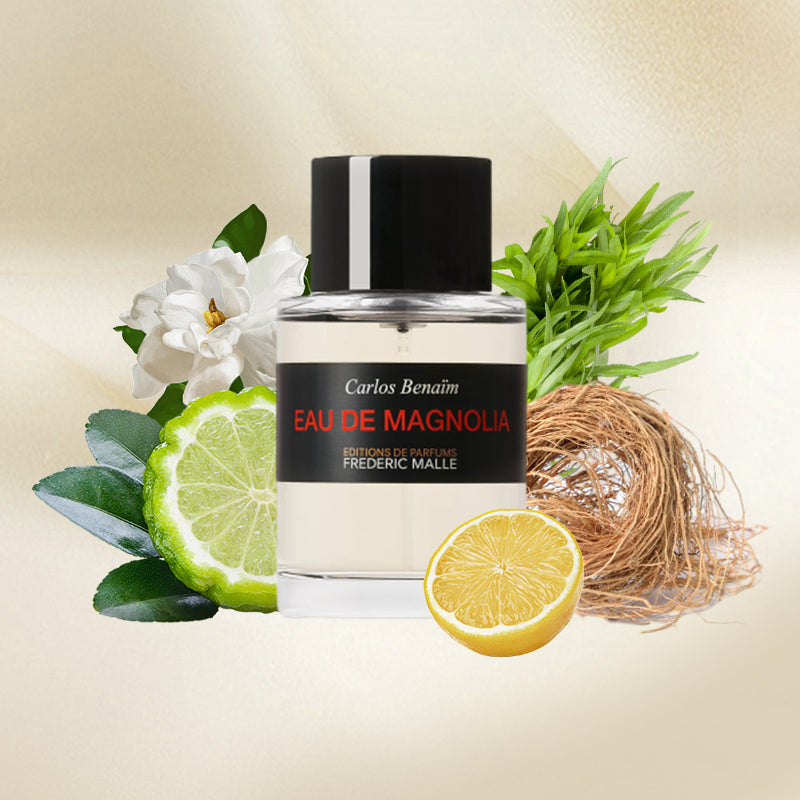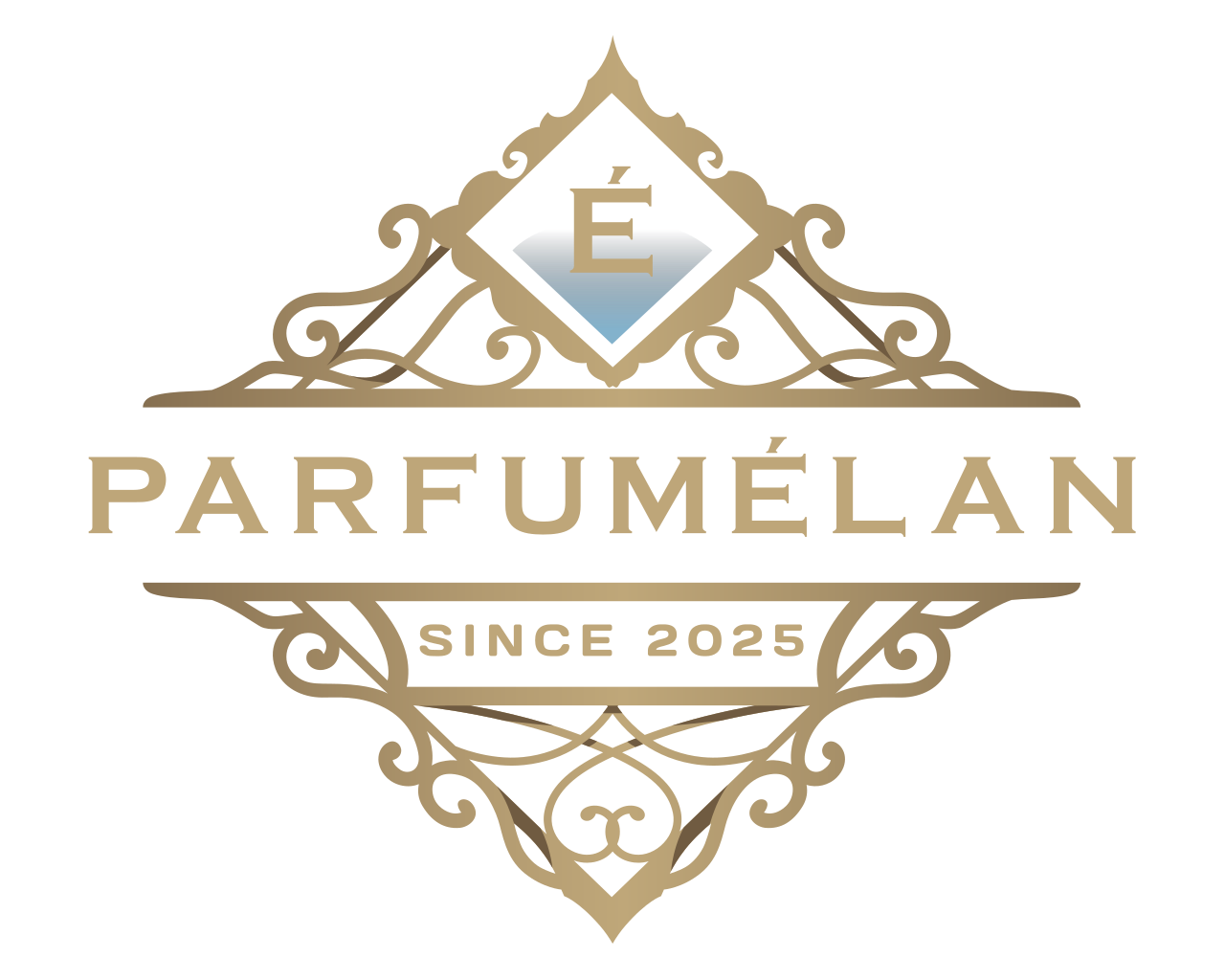
How Perfume Is Made: From Nature to Bottle
Perfume is more than just a pleasant fragrance — it’s a carefully crafted blend of art, chemistry, and nature. Every bottle holds a story told through layers of scent, but have you ever wondered how perfume is actually made?
In this post, we’ll take you behind the scenes of the perfume-making process — from sourcing raw materials to the final bottled product.

1. Sourcing Raw Materials
Perfume begins with ingredients. These can be natural or synthetic, and are chosen for their aromatic properties.
- Natural ingredients include flowers (like rose and jasmine), fruits (like bergamot and lemon), resins, spices, woods, and animal-derived substances (like ambergris and musk . now often synthetically replicated).
- Synthetic ingredients are created in laboratories to mimic or enhance natural aromas. They help preserve the environment, ensure consistency, and expand creative possibilities.
2. Extracting the Fragrance
Once raw materials are collected, the next step is to extract their scent. There are several methods:
- Distillation: Common for flowers and herbs. Steam is used to extract oils.
- Solvent extraction: Used for delicate ingredients like jasmine. Solvents pull out aromatic compounds, which are then purified.
- Cold pressing: Used mostly for citrus peels to release essential oils.
- CO₂ extraction: A modern, efficient method that uses carbon dioxide at high pressure.
3. Creating the Fragrance Formula
Perfumers — often called "noses" use their expertise to blend different fragrance notes into a balanced formula. A perfume typically has three layers:
- Top notes: The first impression — light and fresh (e.g., citrus, herbs).
- Heart (middle) notes: The core of the fragrance — often floral or spicy.
- Base notes: The lasting foundation — deep, rich scents like woods, musk, or amber.
Each perfume can contain dozens to hundreds of ingredients, carefully measured and blended to achieve the desired effect.

4. Maturation and Aging
After blending, the perfume concentrate is aged for several weeks to months. This step allows the ingredients to bond and develop a smoother, more complex scent.
5. Dilution and Bottling
The concentrated fragrance is then diluted with alcohol (usually ethanol) and sometimes water to create the final product:
- Parfum (Extrait): Highest concentration (20–30% oils)
- Eau de Parfum (EDP): 15–20%
- Eau de Toilette (EDT): 5–15%
- Eau de Cologne: 2–5%
Once diluted, the fragrance is filtered and bottled, ready to be worn and enjoyed.
Final Thoughts
Perfume-making is a fascinating blend of science and creativity. From harvesting raw ingredients to crafting the perfect balance of notes, each bottle is the result of careful thought, skill, and time.
At ParfumElan, we honor this craftsmanship by offering only the finest perfumes — each with a unique story and scent journey. Whether you love fresh florals or deep, resinous blends, there’s a world of artistry waiting inside every spray.


